|
Experiential learning resources for the innovative educator
One of my favorite aspects of project-based learning is the use of community experts. Using the community as a resource for PBL is valuable on a number of levels, as it makes learning more authentic and real-world-focused.
But how can students utilize community experts for project-based learning experiences? In what ways can learners use the community as a resource? Let's dive in!
An overarching theme of project-based learning is community. Community is infused in every component of project-based learning.
Acquainting and connecting learners with the community is valuable in so many ways, which is why project-based learning so heavily emphasizes community. Connecting with community experts and using the community as a resource in other ways helps learners build important 21st-century skills such as collaboration and problem-solving. Getting involved with real people about real-world issues encourages learners to find meaning and purpose in every PBL experience. Utilizing the community as a resource deepens learning.
Incorporating community experts into project-based learning experiences can be done in a variety of ways. Let's talk about a few of those here.
How to Use the Community as a Resource in Project-Based Learning
1. Shadow or observe experts in action out in the community:
Spending time on-site with a community expert is a graduation requirement for our students. Students reach out to a community member of interest and spend some time experiencing their day alongside them in their place of work.
This experience could be career-related but doesn't have to be. If a student is doing a project on bat conservation, they might shadow a bat conservationist to gather more information about the topic as it plays out in real life.
2. Invite community experts to the learning environment:
Ask experts in the community to come to your place of learning such as the classroom or homeschool to assist with projects or other learning activities. This could be ANYONE and could be incorporated into ANY learning activity.
For example, my students created awareness campaigns for an endangered species PBL that they were assigned. I invited a graphic designer to come into the building to assist with final product creation, not to offer information about the content itself.
3. Include community experts in self-directed PBL design:
My students identify and connect with their own experts in the community as a source of information for their projects.
Students can interview their community experts, shadow them, have the expert teach them a skill, or work with them on a concept in-person or virtually. Students organize experts in the design phase of PBL.
4. Invite community members to come to speak to your students:
Ask community members to come to speak to students about a topic related to a project or to introduce a topic. This is a great option for those of you that can't leave the building. The purpose of an experience like this is not necessarily for providing expertise about a topic, but to inspire students and create interest in a topic.
5. Invite community members to teach your students a skill:
We have invited artists, chefs, architects, self-defense instructors and more to work with our students on a variety of skills. These experiences are usually related to a PBL but I have occasionally invited experts to the school simply to mix up the day and inspire ideas.
6. Use the world as the classroom (if you can):
Take students on field trips and educational travel experiences. There are a variety of benefits to traveling, and immersing students in other communities is a big one. Mixing up learning environments allows students to observe other communities and potentially collaborate, partner up, or arrange for student exchanges.
7. Gather feedback from community members:
One way of using the community as a resource is to ask that community members weigh in on student work. Invite community experts to evaluate students' work periodically as well as provide formative feedback.
You can also ask community members to observe and evaluate student work at presentation or exhibition events. You don't have to only include community members that have been actively involved in student projects. Invite everyone in the community so that they can see what your students do.
8. Get students actively involved in community events and issues:
Have students get involved in the community itself. They might immerse themselves in the community by focusing their project-based learning experiences on local businesses, community events, or specific neighborhood issues that they are passionate about.
9. Community immersion through service- learning:
Encourage students to get out in the community and provide a needed service such as providing home maintenance for the elderly, volunteering at a food shelf, cleaning up garbage in the neighborhood, or reading to local elementary students. This could be done as a group activity or as part of a student-specific project.
Service-learning is a great way to connect content, concepts, and skills to community needs. Any service learning experience can be designed using the project-based learning framework.
10. Service-learning from the classroom:
If you can't get your students directly out into the local community, they can serve the community from your classroom or home. Examples include creating holiday cards for veterans or making blankets for a homeless shelter.
The cool part about this approach is that students can serve the needs of, interact with, and partner beyond their local communities.
11. Utilize community resources:
There have been many instances where I've used equipment or learning spaces outside of our school for project-based learning.
One of our local universities has been amazing in this way. I have done science lessons using their greenhouse and we have used donated wind turbine kits to study wind energy in their biotechnology lab. A neurologist from the college has come into my school with an actual human brain for students to study. A nearby church donated all of their leftover garage sale items to our school for our own sale. One of my students was building a go-kart for his senior project. He worked with a mechanic the gave him half of the parts he needed. The list goes on.
12. Organize student/community mentorships:
Consider organizing a mentorship program. Try to connect students with long- term mentors rather than one-and-done community experts.
For example, I had a student who did a PBL about hobby farming. He connected with a local rancher for resources and expertise, but the relationship didn't end there. The ranchers asked my student back to the ranch for a summer internship.
Using the community as a resource can happen in a variety of ways. Let your students ideas and project designs take the lead when it comes to using community experts.
Focusing on community in project-based learning may seem like an additional task to an already demanding load. But if you plan well and put some of the responsibility on your students, it may actually feel like you're saving time, and the end result is worth it. The benefits are worth it. Please, friend, leave a comment! In what ways do you think community resources such as the ones mentioned in this post could enhance learning experiences for your students?
High School Resources From Experiential Learning Depot:
Related Blog Posts:
Join our experiential learning Facebook group!
Did you know there is an experiential learning Facebook group? Check that out - Experiential Learning Community for K12 Teachers - and join in the discussion about experiential learning ideas! Find us on social media! Follow Experiential Learning Depot on Pinterest, Youtube, and Instagram for more on experiential education, and check out my shop for experiential learning resources. Observe. Question. Explore. Share.
4 Comments
Years ago, I used a speaker telephone to connect with busy community experts. Today, Zoom is better because it's face to face--almost like being there and it takes note of people too busy to meet with students in person. It also saves travel time. I use it almost daily,
Reply
Sara (Experiential Learning Depot)
2/16/2021 10:26:41 am
I agree, Wayne! Connecting with the community has never been easier.
Reply
12/13/2021 06:32:14 am
Excellent article! Your post is essential today. Thanks for sharing, by the way
Reply
5/5/2022 08:52:13 pm
It made sense when you mentioned that even making blankets for a homeless shelter may deliver a great impact already. My mother wants to help organizations that feed the homeless. She was once homeless, so she wants to help them move forward.
Reply
Your comment will be posted after it is approved.
Leave a Reply. |
Blog IntentTo provide innovative educational resources for educators, parents, and students, that go beyond lecture and worksheets. AuthorSara Segar, experiential life-science educator and advisor, curriculum writer, and mother of two. Categories
All
|
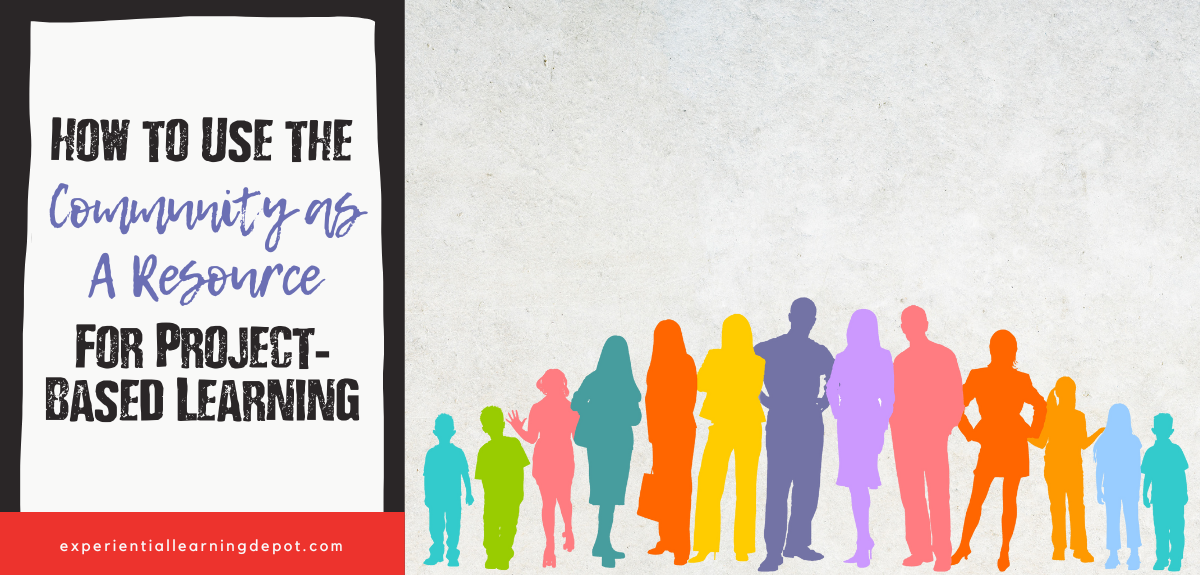
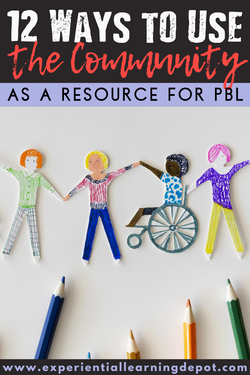
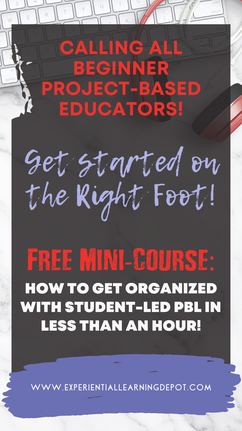
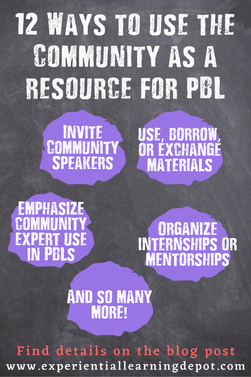
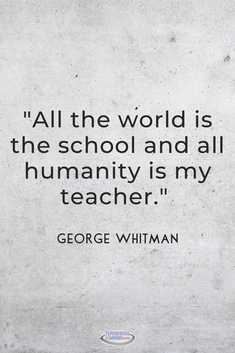
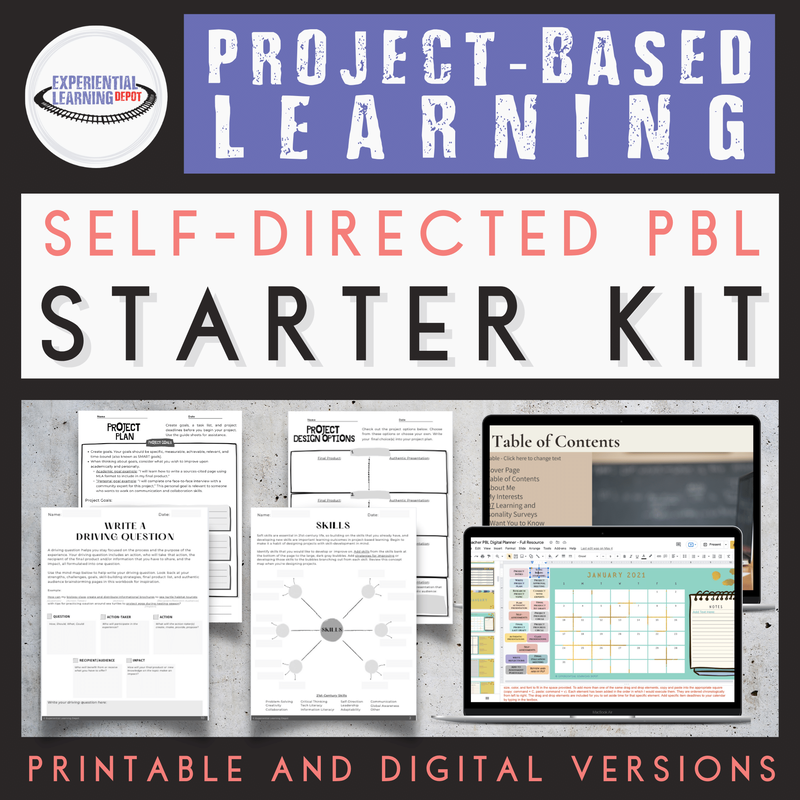
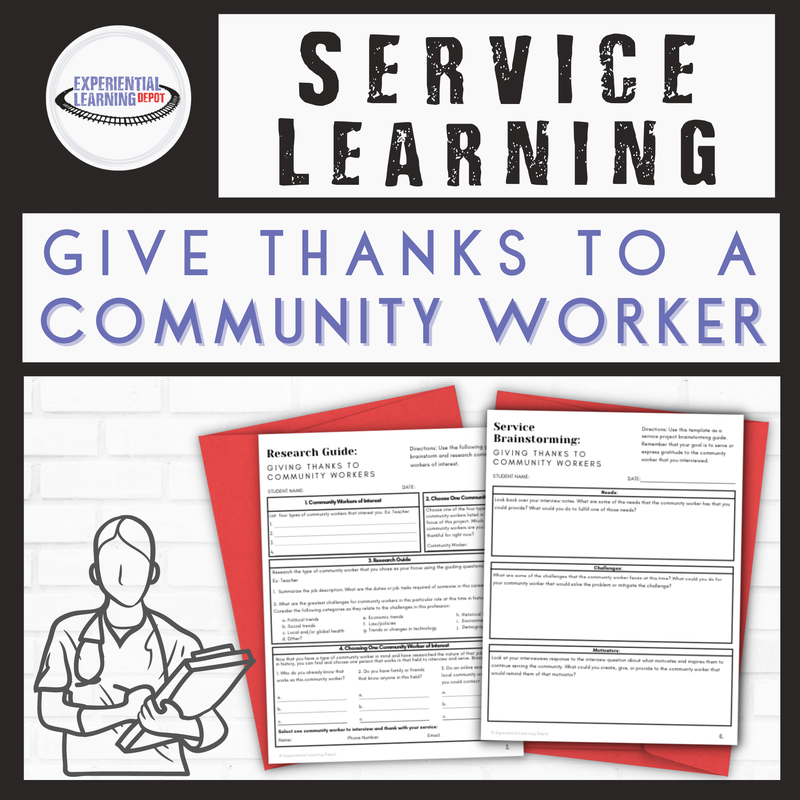
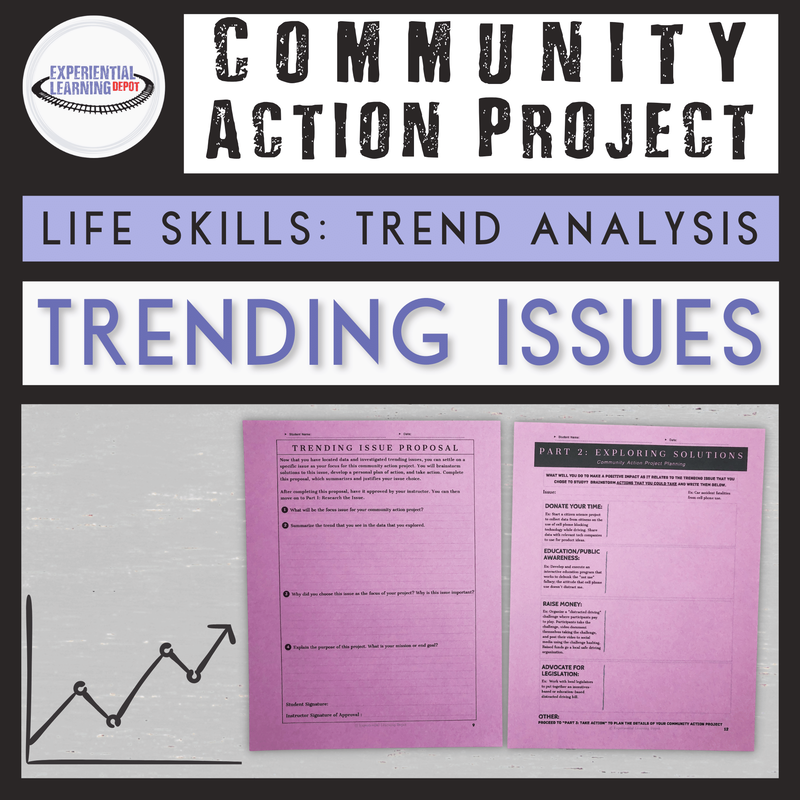
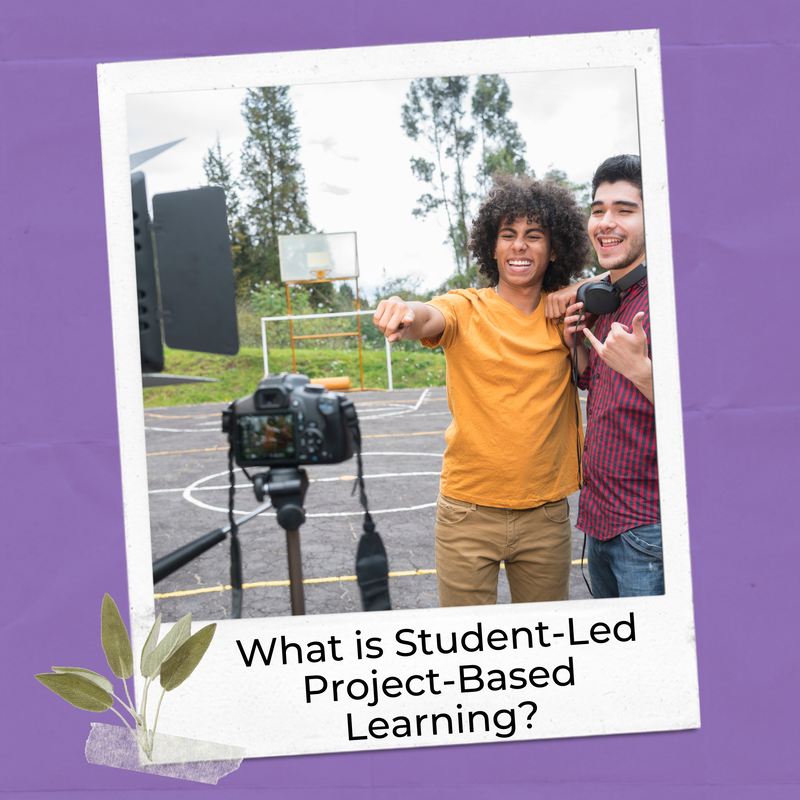
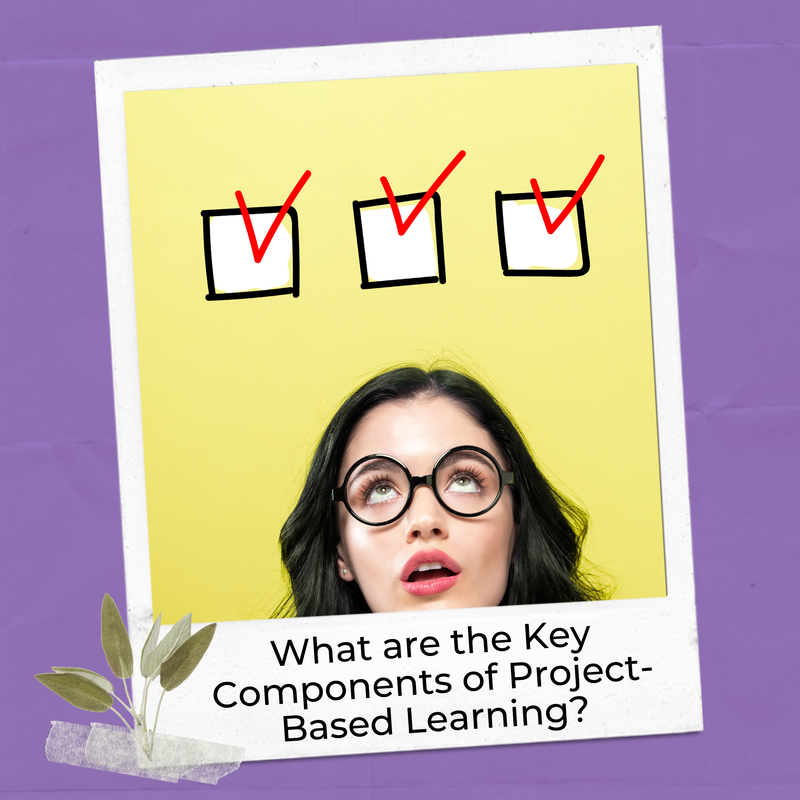
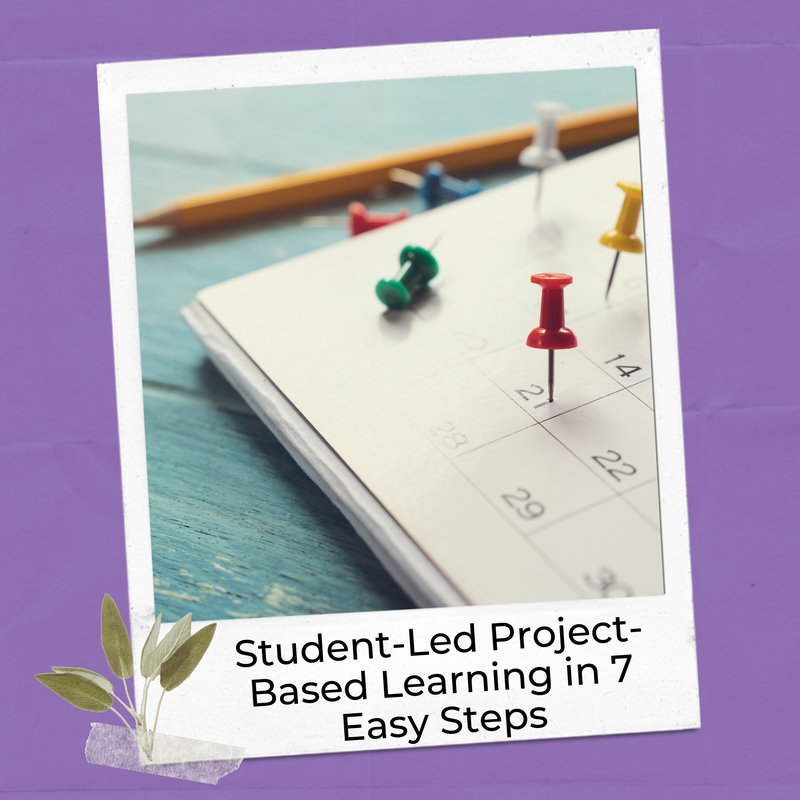


 RSS Feed
RSS Feed